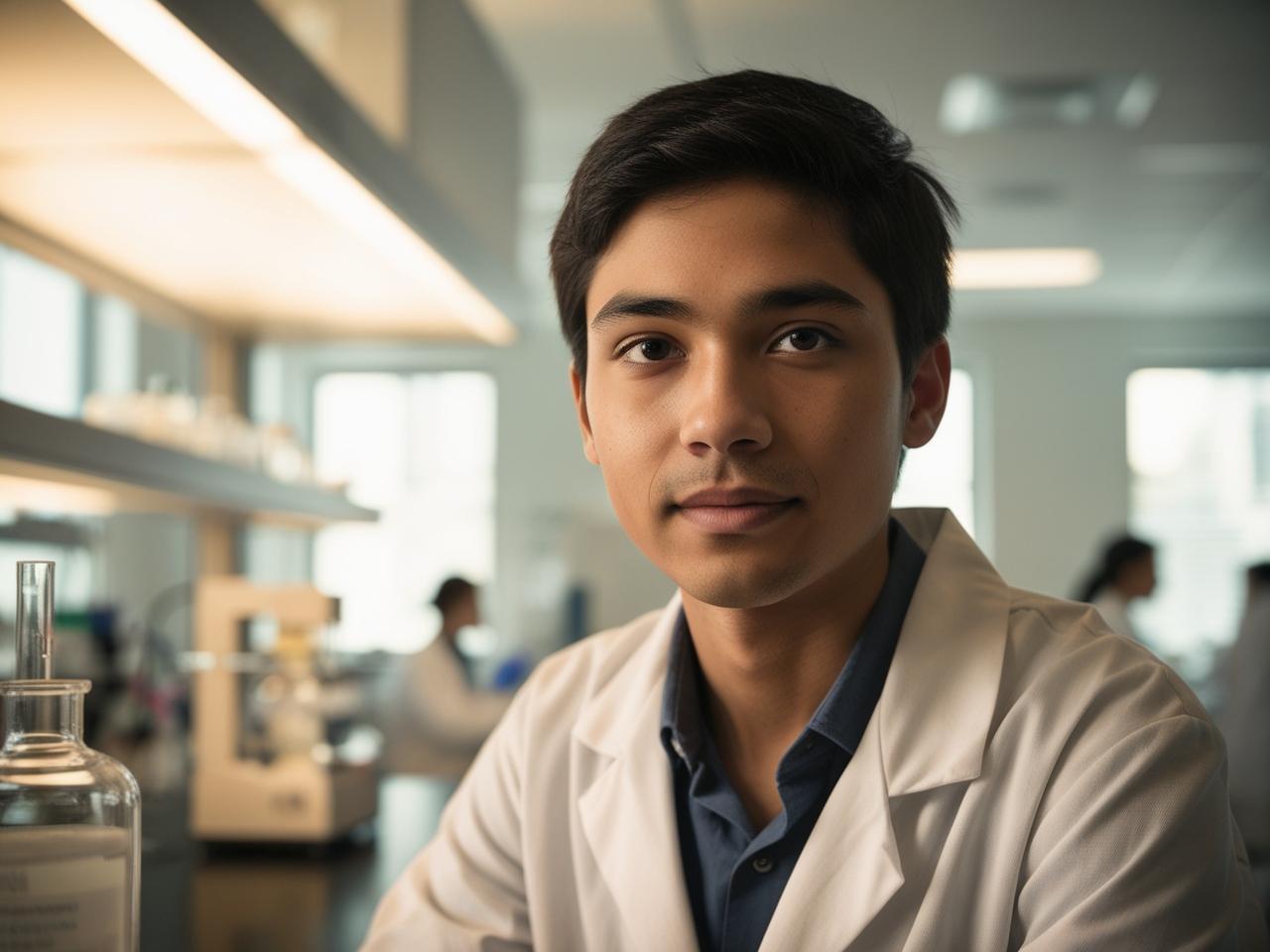
In a digitally oriented society where professional presence is more needed than visiting, scientists and related fields are welcoming a new tool: AI portrait generators.
Technology companies like aurawave ai are pioneering this shift by providing artificial intelligence headshots that enable users to obtain high-quality portrait studio images at no cost and with no time investment.
Though this evolution may seem superficial, AI deepfakes are changing how researchers auto-present themselves visually in journals and academic portals as well as in professional social networks.
1. Self-Branding in Scientific Publishing Through Visuals
Journals and research databases are becoming increasingly visual as they include author portraits alongside their publications. AI deepfake headshots are enabling scientists to represent themselves as busy and polished even when studio appointments are not possible.
This branding enhancement not only enhances the personal image of scientists but also enhances the collective image of academic platforms.
2. AI Headshot Generators as Equalization Tools for Researchers from Developing Countries
Researchers from developing regions often have or do not afford professional photography services. With technologies like aurawave.ai, now scientists from any part of the world can create professional-looking headshots, which used to be the monopoly of faculty from Ivy League universities or elite global institutions.
It increases the differentiating opportunities everyone has to take advantage of in the global research ecosystem while alleviating the imbalance in visibility and professional representation.
3. Enhancing One’s Digital Presence on Research Platforms
Networking and citations are increasingly powered by ORCID, ResearchGate, and LinkedIn. A uniform professional photo deepens recognition and trust. AI-generated headshots aid in upholding brand uniformity without the hassle of multiple photoshoots.
ALSO READ: 4 Tips for Using Wedding Lightroom Presets to Enhance Your Photography with AI Technology
4. Improving Participation in Virtual and In-Person Conferences
During a virtual conference, a researcher’s clear image is as essential as when they are talking or publishing a paper. With AI headshots, standing out on event pages, speaker lists, and promotional content becomes effortless, improving involvement and recall.
5. Changing the Landscape of Academic Identity
The adoption of AI headshots is shifting the de facto “look like a scientist” to new layers of meaning. These images do move beyond the lab coat stereotype; they enable researchers to be considered able to communicate science with the public, exude confidence, and be approachable.
Conclusion
The emergence of professional artificial intelligence headshots signals a worrying trend in science communication. They represent this trend. The academic world becomes more digitally professional, visually inclusive, and globally connected through aurawave.ai’s democratizing access to quality imagery.



